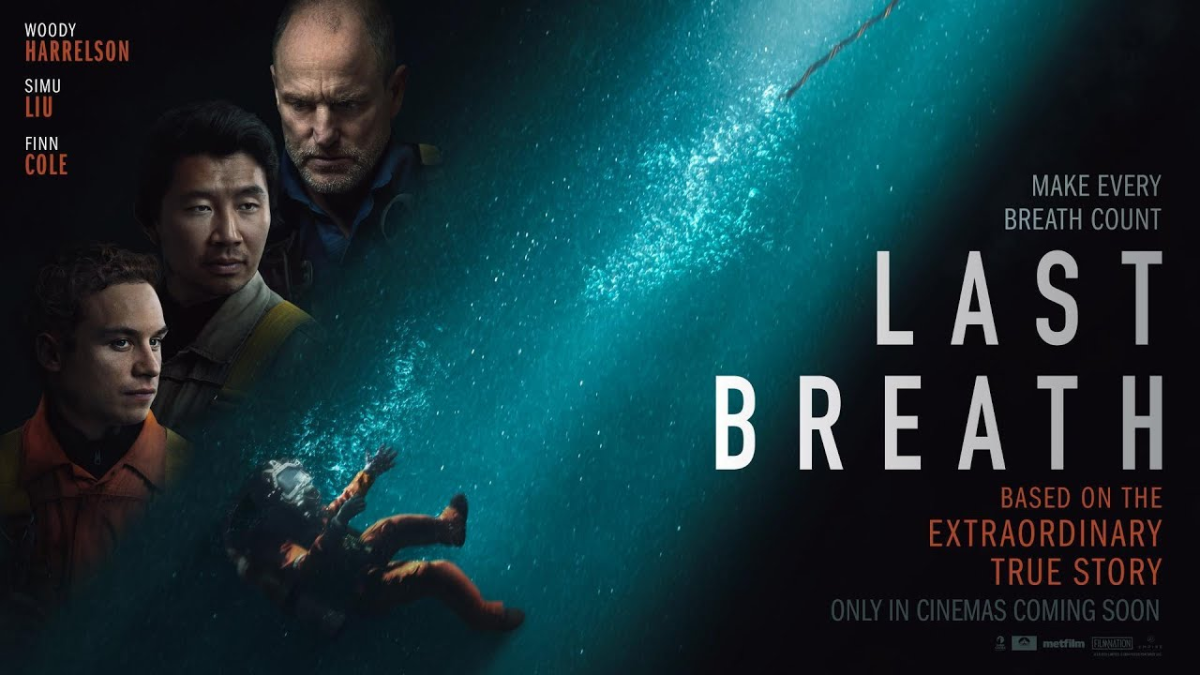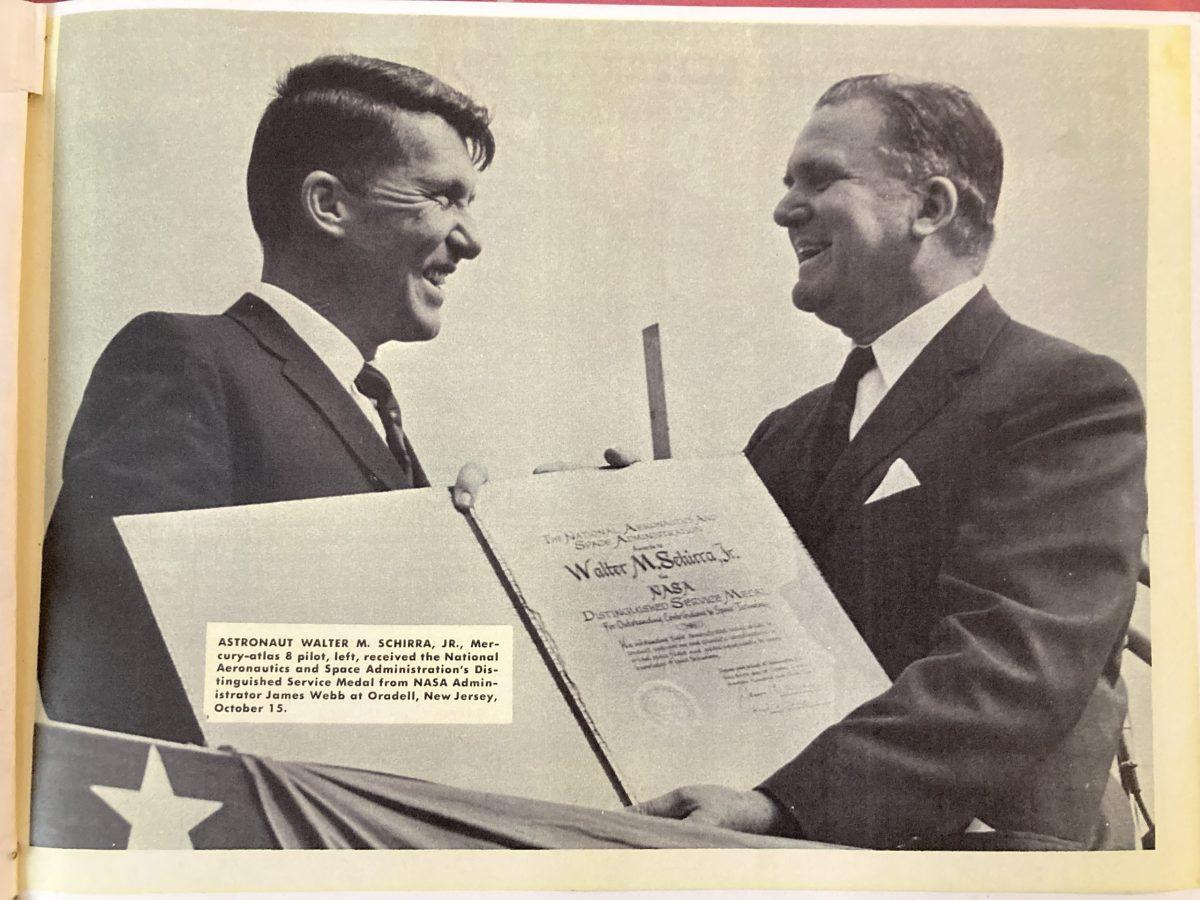(Photo from NASA’s Johnson Space Center)
Cady Heron popularized Oct. 3 as a historically precious day, and it certainly was for Walter M. Schirra, Jr. 60 years ago, he was launched into space as one of the original seven astronauts chosen for Project Mercury.
Humanities and Social Sciences University Lecturer John Esche saw displays of Captain Schirra in the Newark Light Rail station and became interested in what they were about.
“The Mercury Space Program was big news when I was in junior high school — the whole idea of space grabbed our generation from the time our families went into the front yard in the early evening to see Sputnik fly over!” Esche said. “NJIT having a connection to it thrilled me.” Following this discovery, he held a session open to NJIT community members to hear about the history of the flight the week of its anniversary.
Schirra went to the then-called Newark College of Engineering in 1941. He graduated from the United States Naval Academy with a bachelor’s degree in 1945. After going through more schooling, NJIT awarded him with an Honorary Doctorate in Astronautics in 1969.
He has since earned many honors, with notable ones being Aerospace Hall of Fame, International Aviation Hall of Fame, New Jersey Aviation Hall of Fame, National Aviation Hall of Fame, and Astronaut Hall of Fame. According to his website, he is the only astronaut to have flown on all three spacecraft of Mercury, Gemini, and Apollo. It also states that “As Command Pilot, he flew the initial flight of the Apollo series — Apollo 7 — and was deeply involved in the quality assurance and quality control aspects of the ‘total vehicle system.’”
“We have so many reasons to be proud of our University. For anyone who enjoyed the film ‘The Right Stuff’ or is focused on the future development and exploration of space, the 60th anniversary of the first of three space flights of one of our alumni, only the third American in space, is a thrilling direct tie we have to the beginnings of the United States space program,” Esche said.
Schirra’s website states, “he piloted the six orbit Sigma 7 Mercury flight; a flight which lasted 9 hours, 15 minutes. The spacecraft attained a velocity of 17,557 miles per hour at an altitude of 175 statute miles and traveled almost 144,000 statute miles before re-entry into the earth’s atmosphere. Recovery of the Sigma 7 spacecraft occurred in the Pacific Ocean about 275 miles northeast of Midway Island.”
He once said, “I realize that planet Earth is unique, at least in our solar system. We know that. It’s odd that people try to talk about going to go to some other planet like Earth, and they have no respect whatsoever for the contemplation of traveling to these places. We went to the moon — it took us about three days at the speed we went there. To go to the sun, I keep kidding about it: At the speed of light, it takes eight minutes, but you have to go at night.”
To learn more about Schirra and his space endeavors, visit wallyschirra.com or watch “Skyray,” a movie about him, at wallyschirra.com/skyray-the_movie.htm.





























